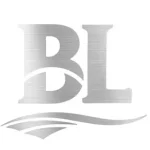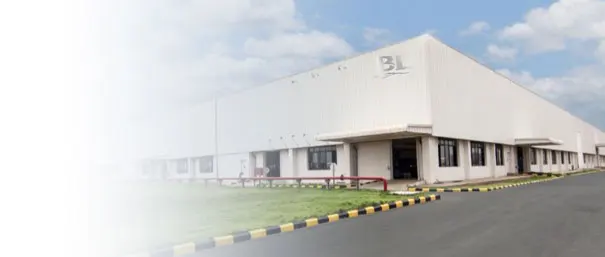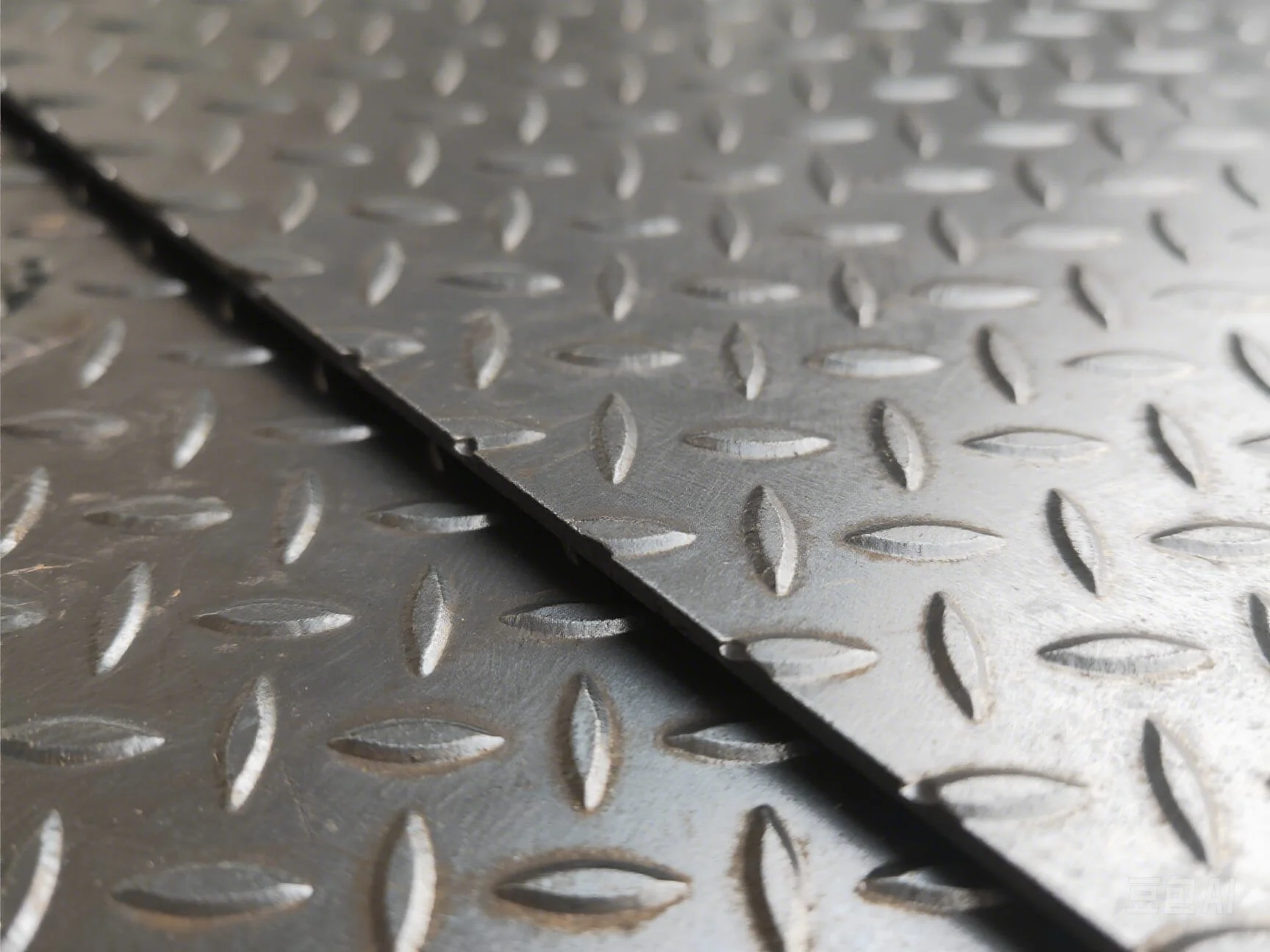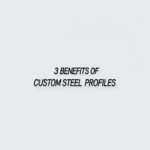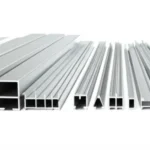.cp-article-1-content { font-family: sans-serif; }
.cp-article-1-text { margin-bottom: 1em; line-height: 1.6; font-size: 1rem; color: #333; }
.cp-article-1-list { margin-left: 20px; margin-bottom: 1em; }
.cp-article-1-list li { margin-bottom: 0.5em; }
.cp-article-1-table { width: 95%; border-collapse: collapse; margin-bottom: 1.5em; margin-top: 1em; box-shadow: 0 1px 3px rgba(0,0,0,0.1); }
.cp-article-1-table th, .cp-article-1-table td { border: 1px solid #ddd; padding: 10px 12px; text-align: left; font-size: 0.95rem; }
.cp-article-1-table th { background-color: #f8f8f8; font-weight: bold; color: #555; }
.cp-article-1-table tbody tr:nth-child(odd) { background-color: #fdfdfd; }
.cp-article-1-highlight { font-weight: bold; color: #0056b3; }
.cp-article-1-link { color: #0066cc; text-decoration: none; }
.cp-article-1-link:hover { text-decoration: underline; }


Checker plates, also known as tread plates or floor plates, are not defined by a single steel grade. The grade of steel used for a checker plate depends heavily on the specific application requirements, environmental conditions, and regional standards. However, some common steel grades are frequently used for manufacturing checker plates due to their balance of strength, durability, and cost-effectiveness.
The most common base material for checker plates is mild steel, typically conforming to structural steel standards. Here are some frequently encountered grades:
- ASTM A36: A widely used structural steel grade in North America. It offers good weldability, machinability, and strength at a reasonable cost, making it suitable for general flooring, ramps, and trench covers.
- ASTM A786: This specification specifically covers rolled carbon, structural, high-strength low-alloy, and alloy steel floor plates. A36 is often used as the base material meeting A786 pattern requirements.
- S235JR / EN 10025-2: A common structural steel grade in Europe. Similar in properties to A36, it’s used for various structural and flooring applications. The ‘JR’ designation indicates specific impact testing requirements.
- SS400 / JIS G 3101: A Japanese standard for general structural steel, often used for checker plate manufacturing in Asia. It provides adequate strength and formability for floor plate applications.
- ASTM A572 Grade 50: A high-strength low-alloy (HSLA) steel offering a higher yield and tensile strength than A36. It might be chosen for applications requiring greater load-bearing capacity or weight savings.
Besides carbon steel, checker plates can also be manufactured from other materials like stainless steel (e.g., Grades 304 or 316) for corrosion resistance or aluminum for lightweight applications.
The choice of steel grade directly impacts the plate’s mechanical properties, weldability, corrosion resistance, and overall cost. Therefore, specifying the correct grade based on the intended use is crucial.
| Grade Standard | Typical Region | Key Characteristics | Common Use |
|---|---|---|---|
| ASTM A36 | North America | Good strength, weldability, cost-effective | General flooring, stairs, ramps |
| S235JR (EN 10025-2) | Europe | Similar to A36, impact tested | Structural flooring, walkways |
| SS400 (JIS G 3101) | Asia | General structural use, good formability | Industrial flooring, platforms |
| ASTM A572 Gr 50 | North America | Higher strength than A36 | Heavy-duty flooring, bridges |
Ultimately, the purchase order or engineering specification will dictate the exact carbon steel checker plate grade required for a particular project. Always consult the project requirements or a structural engineer if unsure about the appropriate grade.
What grade of steel is a checker plate? — This article provides a practical buyer‑focused overview with specifications, selection tips, and on‑site considerations. Explore related topics: blog.
Key Specifications and Standards
- Standards: ASTM / EN / JIS (e.g., ASTM A240/A36, EN 10088/10025, JIS G4304/G3131).
- Surface options: 2B, BA, No.4, HL, mirror; galvanized (electro / hot‑dip).
- Processing: hot‑rolled, cold‑rolled, annealed & pickled, welded or seamless.
- Typical services: slitting, shearing, cut‑to‑length, drilling, beveling, deburring.
- Documentation: MTC, CO, packing list with net/gross weight and heat numbers.
Typical Applications
Construction, machinery, automotive, energy, enclosures and fencing, food equipment (for stainless), and general fabrication. Match grade and finish to corrosion, strength, and appearance requirements.
Selection Guide
- Use certified material with Mill Test Certificate (MTC).
- Confirm standards (ASTM/EN/JIS) and tolerances per drawing.
- Match surface finish to application (2B/BA/No.4/galvanized).
- Specify dimensions and acceptable deviation upfront.
- Plan packaging and corrosion protection for transit.
Processing, Packaging and Logistics
We adopt edge protection, waterproof wrapping, rust‑inhibiting paper, fumigated pallets, and strapping suitable for sea freight. Loading photos and weight lists are provided for each shipment.
FAQs
Q: What lead time can I expect?
A: Typically 7–15 days ex‑works for standard sizes; custom processing may extend the schedule.
Q: Can you provide cut‑to‑size service?
A: Yes. We slit, shear, cut, drill, bevel and deburr to drawing to reduce waste and speed installation.
Q: How do you ensure quality?
A: Incoming inspection, process control, and final inspection with traceable heat numbers; third‑party inspection is available.
Q: Do you support small trial orders?
A: We support pilot quantities with consolidated shipping to control cost.
All values are typical and for guidance only; confirm with the datasheet and purchase order before production.
Related products: view details.
Related products: view details.

